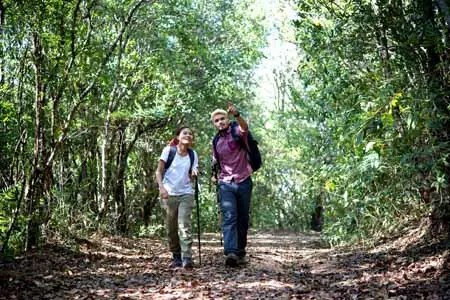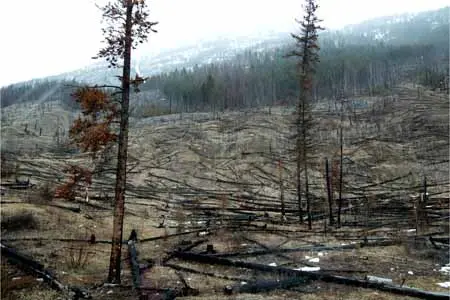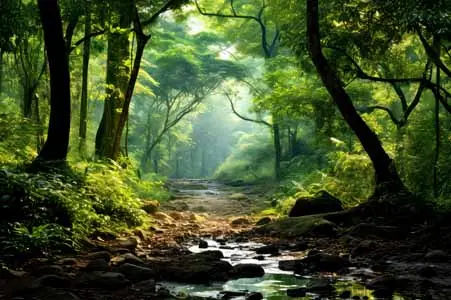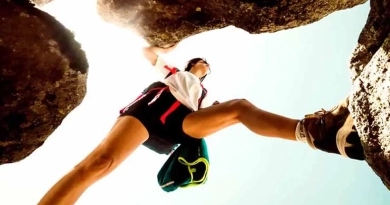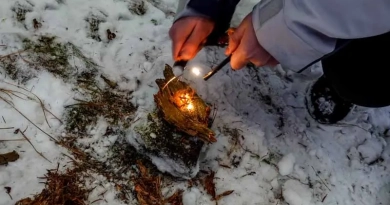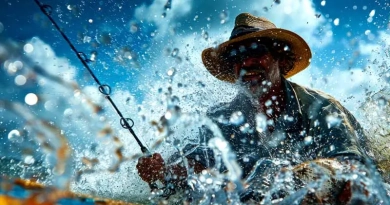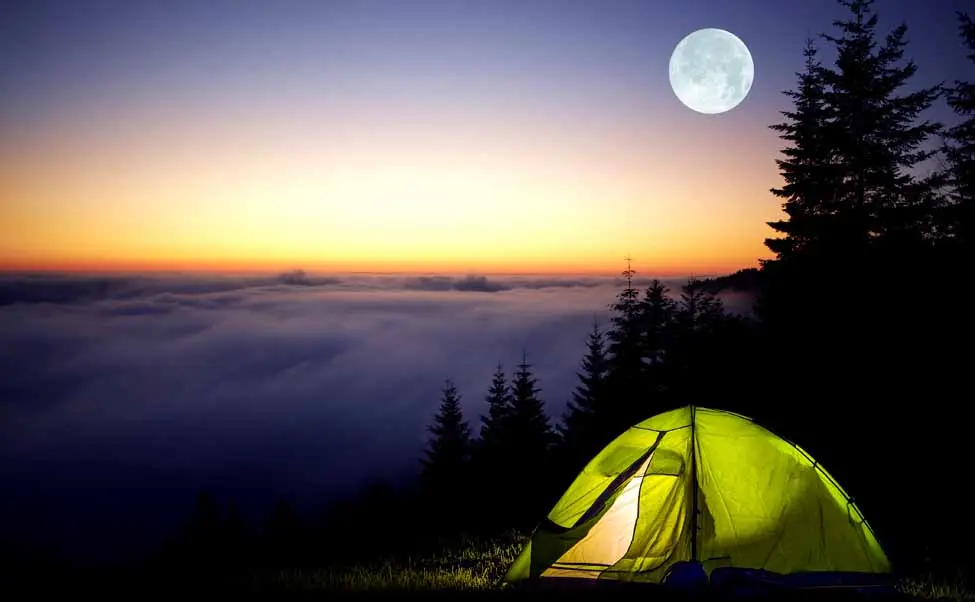
The Laws of “Leave-No-Trace” Camping
When you pack your bag and step out into the great outdoors, it’s like entering someone else’s home. Just like we don’t leave trash on the floor at a friend’s house, it’s important to keep nature clean and beautiful. Nature should be kept attractive and tidy, much as we wouldn’t leave rubbish on the floor in a friend’s house. This is where “Leave-No-Trace Camping” practices become important. These guidelines enable us to appreciate environmental beauty without endangering it. Let us learn how to be the best visitors in the great outdoors!
Staying on Trails
Imagine forging your own road across a wilderness. Though it could seem entertaining, it can harm the local flora and fauna. We ensure that we not damage the surroundings by keeping on existing, constructed paths. Consider it like following the guidelines in a classroom; leave-no-trace camping maintains everything in a safe and orderly way.
Packing Out Your Trash
Have you ever been upon a playground covered in garbage? It might be dangerous and look bad. The same applies to nature. Ignoring trash left behind could harm the surroundings and wildlife. Always pack a bag to haul your garbage out with you. In this sense, leave-no-trace camping allows us to maintain the beaches, mountains, and forests as clean as our homes.
Using Chemicals and Soap Wisely
Although everyone enjoys cleanliness, did you know that using even environmentally friendly soap in rivers or lakes could cause damage? Use soap at least 200 feet away from water sources, such as lakes and streams, while camping. This keeps the water free for the local fish and other species.
Correct Method of Waste Management
When camping, occasionally we have to use the bathroom but there isn’t one nearby! So, how do we use leave-no-trace camping? When this occurs, dig a small hole that is at least 6 to eight inches deep and is at least 200 feet away from any water source, such as lakes or streams, then cover it with the dirt you dug up after you’re done. This maintains the space’s hygiene and avoids the spread of bacteria.
Leave Anything You Discover
Have you ever found a cool rock or a beautiful flower and wanted to take it home? It’s better to leave it there so that others can enjoy it too. Everything in nature finds its place and benefits the surroundings in a unique manner. We help to maintain the equilibrium of nature by leaving items where they are found.
Prepare and Schedule Ahead
Like getting ready for school projects, camping calls for preparation. Understanding the location and expectations allows us to treat it better. Planning helps us stay away from creating new campsites or paths, therefore harming the surroundings.
Use Known Sites
In leave-no-trace camping, it’s advisable to camp in places that others have used in the past. These areas are often visited and won’t sustain damage as readily. It resembles a trail that daily walkers moving in the same direction have worn down in a grassy field.
Camping On Firm Surfaces
Some parts of nature are stronger than others. Since it doesn’t harm the ground, camping on hard surfaces like rock or compacted dirt is preferable than camping on grass because it doesn’t damage the ground. It holds up better, like constructing a sandcastle on moist sand rather than dry sand!
Steering Clear of New Sites in Beautiful Locations
It’s easy to set camp in an apparently unspoiled area of nature. These places are unique and quite delicate, though. We can help preserve these lovely and unspoiled areas by camping in an already used location.
Avoiding Campfires
Campfires are fun but can be dangerous to the forest. If you’re going to create one, you should create it at a site already designated for a fire. Using a tiny camping stove or a lantern is safer instead. This helps us avoid setting a large fire that endangers the forest and wildlife. If you must start a fire, use fire safety measures to lessen the danger. Always use dirt or water on the fire to make sure it is completely out.
Honoring Wildlife
Seeing animals in the wild is fantastic! But leave-no-trace camping means that we shouldn’t disturb wild animals, much as we shouldn’t annoy animals housed in zoos. For them, as much as for us, seeing them from a distance is safer. Furthermore, keep in mind that feeding animals can cause them to become sick and alter their behavior.
Showing Courtesy to Others
Just like in school, it’s important to be nice to others around us. Everyone’s experience is improved when we silence our voices and permit others to enjoy the peace of nature. It’s like being courteous and quiet at a library.
Observing Signs and Obstacles
In nature, we occasionally notice fences or markers. These are there to guard specific sensitive or under repair areas. It’s important to follow these signs and not go into places that are closed off. It maintains everyone’s safety.
 The Importance of Minimizing Our Impact
The Importance of Minimizing Our Impact
Following “Leave-No-Trace” guidelines helps us to ensure that everyone may enjoy the beautiful and healthy surroundings. It’s like cleaning up after ourselves at home or school. We all share this planet, so let’s take care of it! Remember, that by practicing leave-no-trace camping, every small action we take to preserve the environment benefits more than we could possibly know. Let’s be the best guests we can be in the great outdoors!

